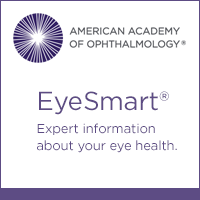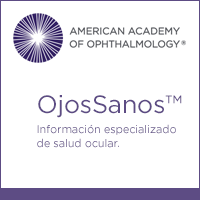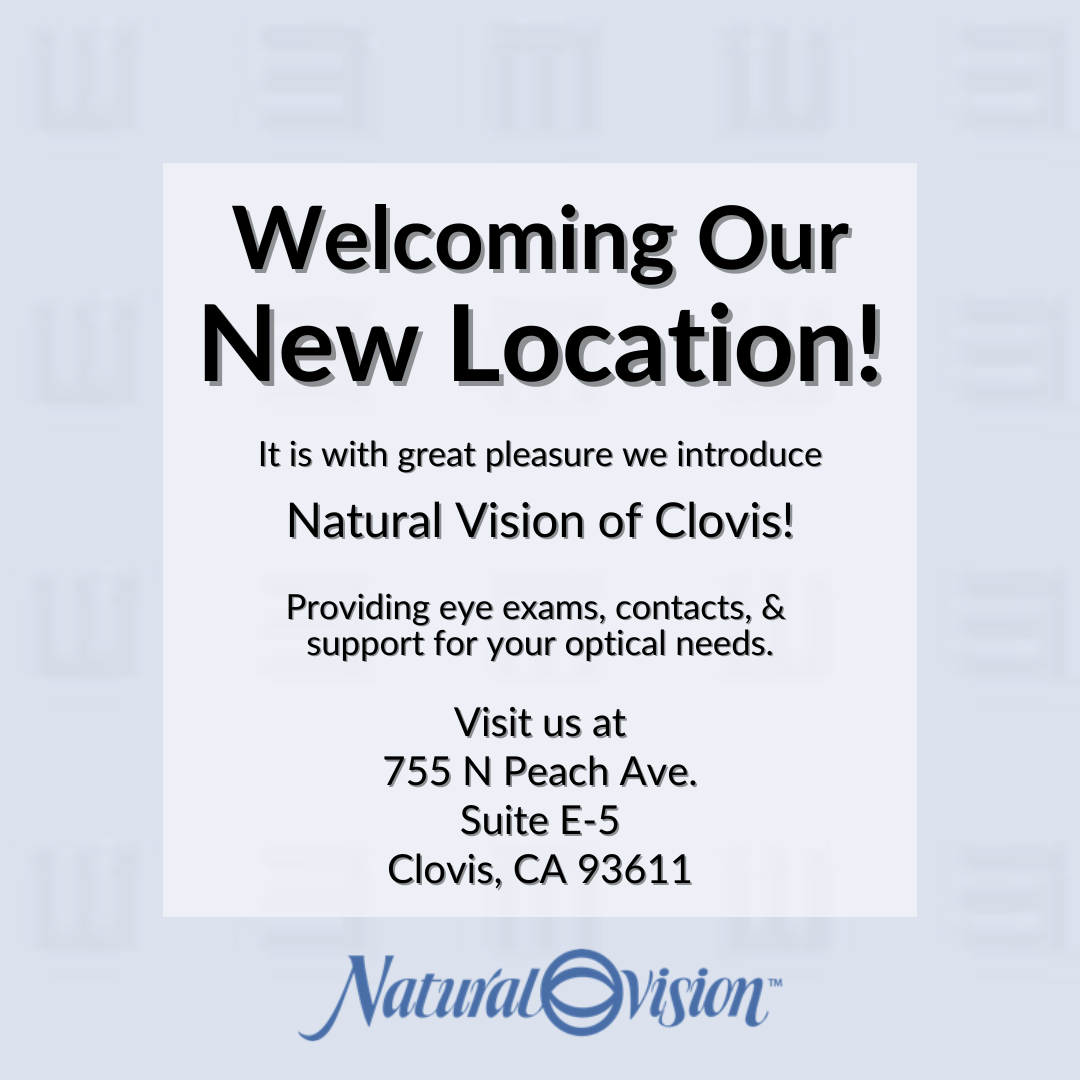The moon will hide 72.9 percent of the sun from Madera during the peak of a partial eclipse at 10:18 a.m. Aug. 21, according to calculations by the U.S. Naval Observatory.
About 500 miles northeast of Madera, and elsewhere in the U.S., people will be able to see the sun’s corona, the outermost part of its atmosphere that is normally drowned out by the brightness of the sun itself. Here a crescent sun will be visible, but not without risk.
“The pupil dilates with the darkness, allowing the intensified sun rays to burn the retina of the eye in the same way a laser does,” said Dr. David Kaye, of Natural Vision in Madera. “And it’s a permanent damage. There’s nothing we can do about that at this time. We have any number of patients who unfortunately have lost their vision” from looking at the sun during an eclipse.
Locally, the eclipse will begin at 9:03 a.m. and finish at 11:41 a.m. — a total of two hours and 38 minutes.
To view the sun during the eclipse, do not use regular sunglasses. NASA recommends only using solar glasses that meet requirements ISO 12312-2, have no scratches or wrinkles, and were made less than three years ago. Number 14 welder’s glass can also be used instead.
To date five manufacturers have certified that their eclipse glasses and hand-held solar viewers meet the ISO 12312-2 international standard for such products: Rainbow Symphony, American Paper Optics, Baader Planetarium (Astrosolar Silver/Gold film only), TSE 17, and Thousand Oaks Optical, NASA reports.
Specially designed solar filters should be used on all telescopes, binoculars, smartphones, and cameras.
However Kaye does not recommend any solar glasses and rather urges indirect methods. “The key thing to enjoy the solar eclipse is you should not be looking at the sun,” he said. “You can use two pieces of paper. You can use a pin or punch to punch a hole through the sheet of paper.”
Holding the paper with the pinhole towards the sun and the other paper below it will project an image of the eclipsing sun onto the second paper.
NASA explains how a simple eclipse projector can be made of a cardboard box, paper, tape and aluminum foil. Foil would be wrapped around half of the box end that will face the sun, and the rest of that box end would have an opening to let someone look inside the box. White paper would be taped inside the box, and a pinhole in the foil allows a small image of the sun to be seen on the paper.
Another option NASA describes is using a mirror in an envelope. First, slide a mirror into an envelope with a ragged hole in the front (about 5/8 inch or 1.5 cm in size). Second, point the mirror toward the sun so that its image is reflected onto a screen or wall about 15 feet or 5 meters away.
About 325 million people are expected to watch the solar eclipse, according to the American Academy of Opthalmology
For information on the solar eclipse, visit https://eclipse2017.nasa.gov/.





